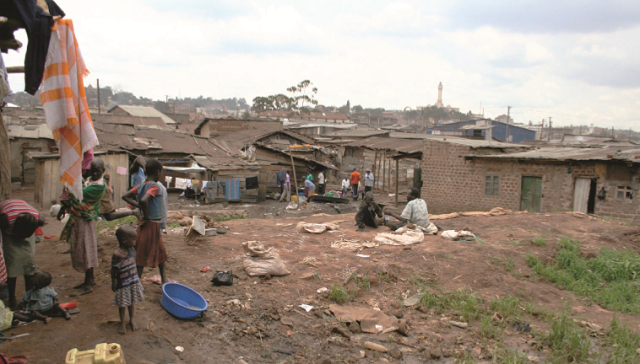
By Alex Ezeh, Blessing Mberu and Tilahun Haregu
Why we must distinguish between the two
We live in an urban century. Already more than 50% of the global population lives in urban areas. The United Nations estimates that by 2030 five billion of the world’s population of eight billion will be urban. Most of the growth in urban areas is expected to occur in the developing countries of Africa and Asia, continuing a trend seen in the past decade.
Rapid urbanisation in developing countries has been characterised by an accompanying proliferation of slum areas. Cities such as Nairobi, Kenya; Mumbai, India and Rio de Janeiro, Brazil are home to some of the world’s largest slum areas. Sub-Saharan Africa has an especially high number of slum inhabitants: 62% of its urban population lives in slums.
Slums constitute a large part of today’s urban reality and will likely persist as a significant feature in our urban future for decades to come. By 2030, projections indicate that two billion of the global urban population will live in slums, mostly in Africa and Asia.
Despite increased global awareness about the presence and persistence of slums, the health of their inhabitants is a little-studied phenomenon. The health of the urban poor, people with low socio-economic status living in urban areas, is usually conflated with that of slum dwellers. However, health outcomes for these two groups of urban populations often differ given the spatial differences of the areas they live in.
Slums are characterised by densely packed settlements with inadequate provision of services and infrastructure. These include sanitation, water, electricity, waste management and security among others. These conditions expose residents of slum areas to the spread of disease and poor health outcomes that are fuelled by their intimately shared environments.
Neighbourhood effects
The mechanism through which densely packed environments affect slum residents’ health is termed neighbourhood effects.
The influence of neighbourhood effects may result in poor health outcomes for slum inhabitants in comparison to non-slum dwellers. Studies done by the African Population and Health Research Center (APHRC) have shown that child mortality is higher in slums than in non-slum areas and even in rural regions.
 The Independent Uganda: You get the Truth we Pay the Price
The Independent Uganda: You get the Truth we Pay the Price



